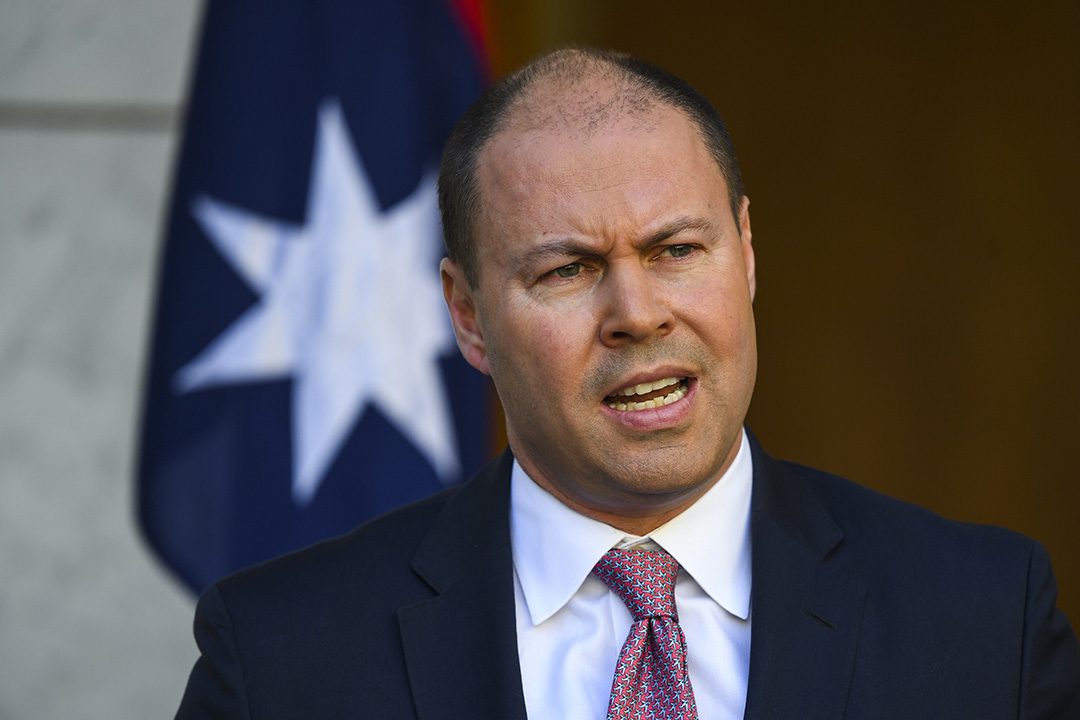Money
Australia’s GDP results are in – it’s not all bad, but what has delta done?

Money
Stocks rally ahead of Thanksgiving as markets log four days of gains
Markets gain momentum ahead of Thanksgiving, with the Dow up 388 points and Oracle rising 4% amid investor optimism.
Money
Dow surges 500 points amid rate cut optimism
Dow jumps 569 points on fresh hopes for December rate cut and AI market optimism
Money
Gold prices surge as Central Banks buy big, but risks grow ahead
Gold prices surge as central banks increase demand; risks include a stronger dollar and rising interest rates.
-



 Shows3 days ago
Shows3 days agoReforms on underquoting address ongoing market frustrations
-



 Ticker Views4 hours ago
Ticker Views4 hours agoFrom the Goldberg’s to the Icebergs – Bondi is Australia, Australia is Bondi beach
-



 News7 hours ago
News7 hours agoFather-son duo confirmed in Bondi anti-Semitic massacre
-



 News7 hours ago
News7 hours agoNetanyahu blames Albanese after Bondi attack
-



 News3 days ago
News3 days agoDisney invests $1B in OpenAI to generate Marvel, Star Wars, and Pixar videos
-



 News4 days ago
News4 days agoElon Musk’s SpaceX plans $25 billion IPO in 2026
-



 News4 days ago
News4 days agoNetflix vs Paramount: The Warner Bros takeover battle explained
-



 News6 hours ago
News6 hours agoBondi Beach terror attack: Hanukkah celebrations turned tragic









